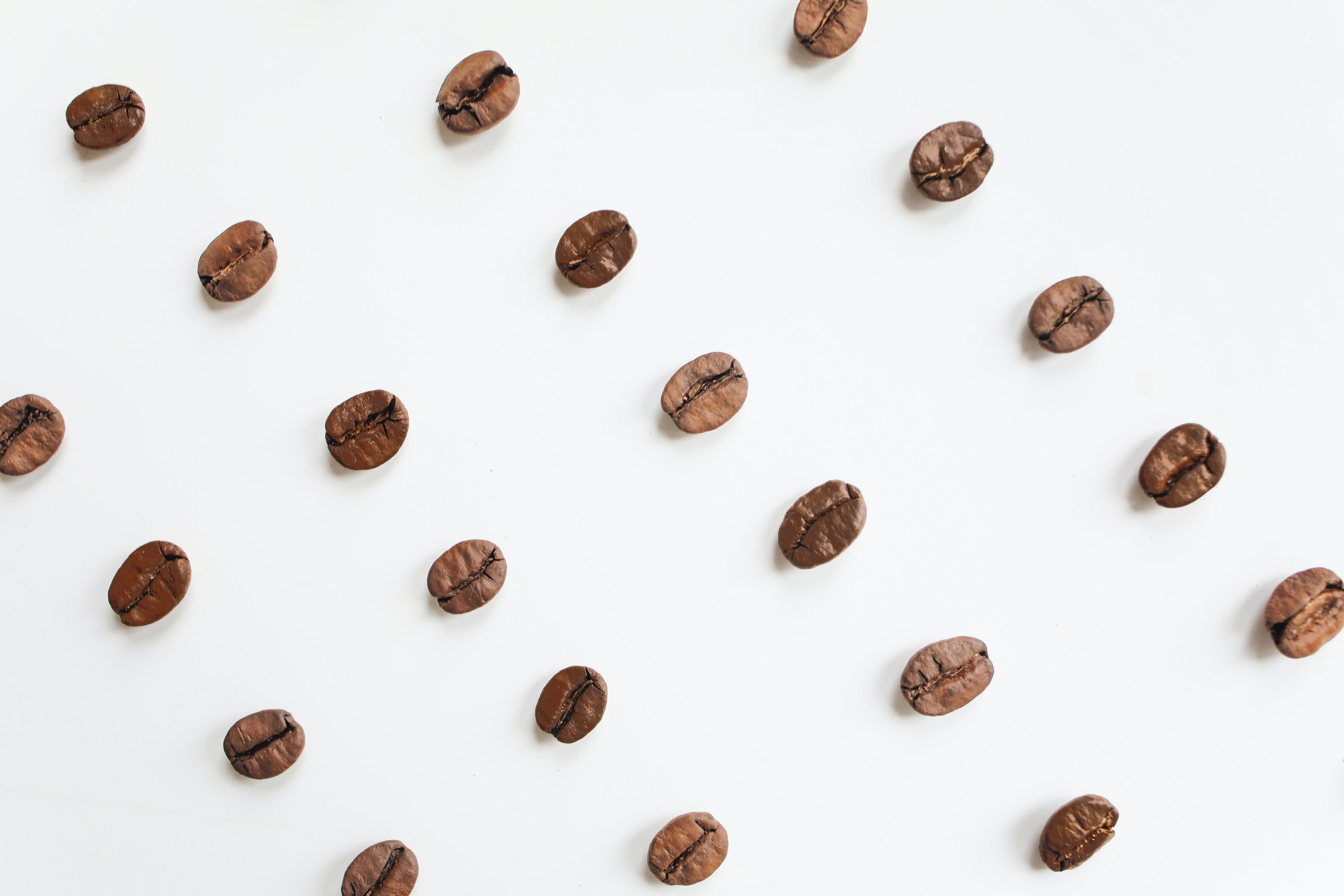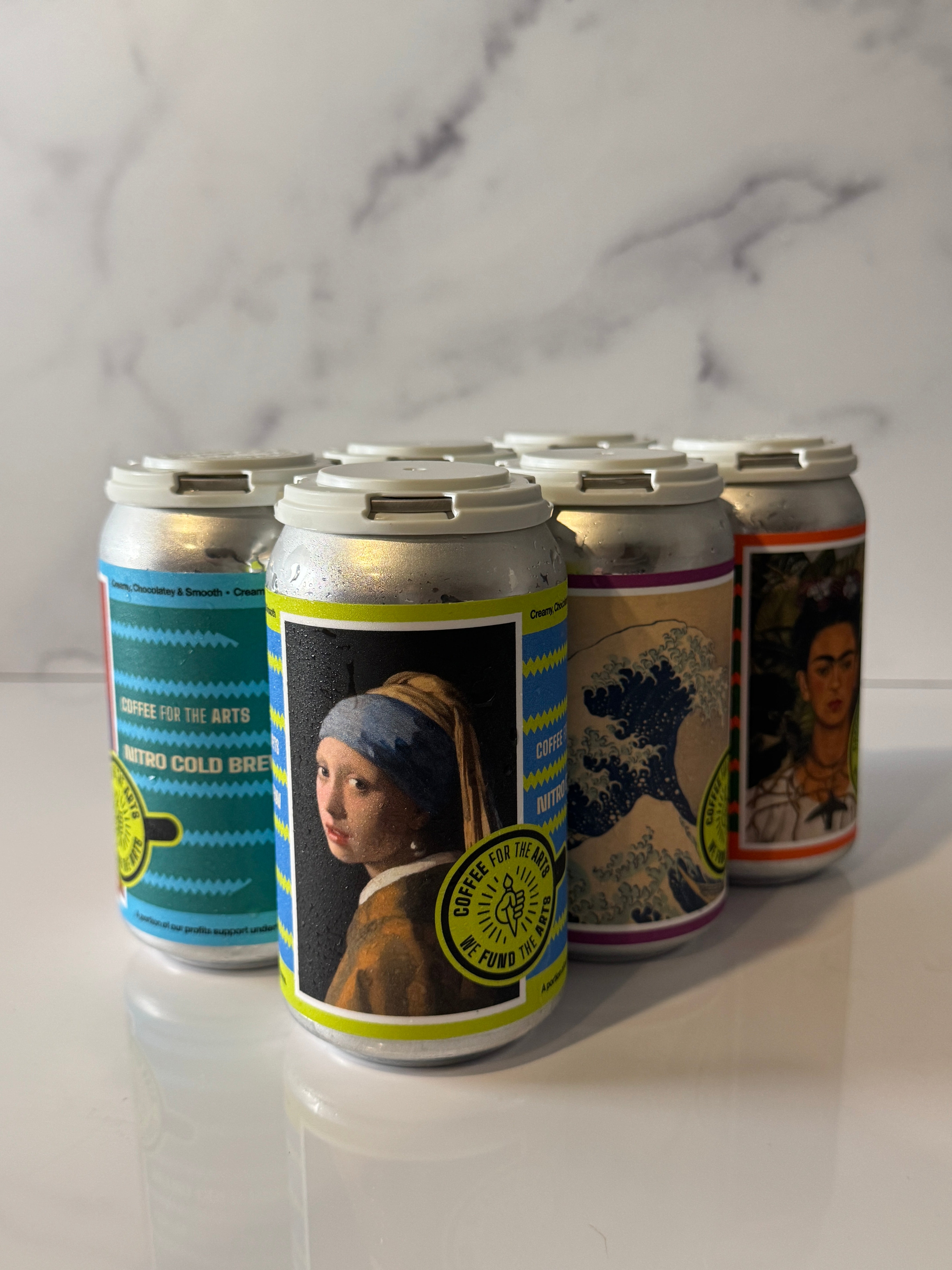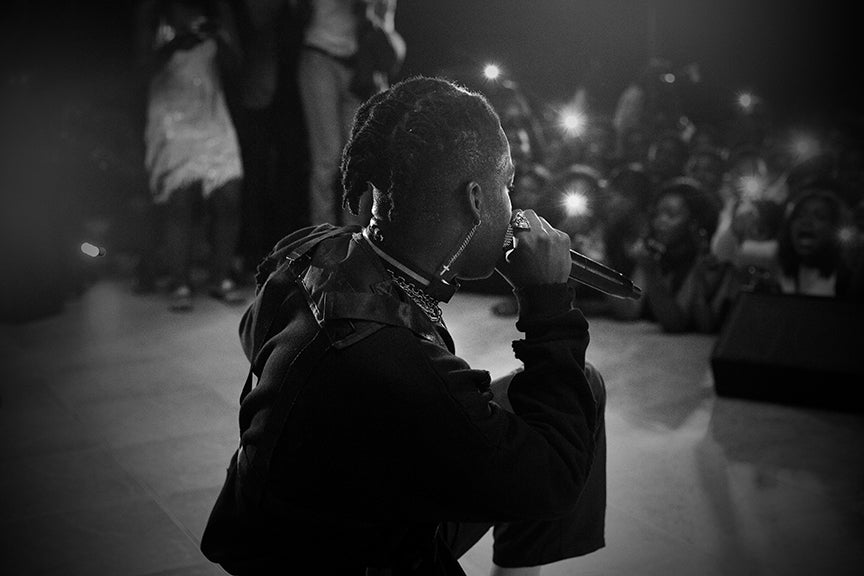Dark vs Light Roast Coffee

So far, we seem to have established that perfection in terms of coffee is a very subjective experience. What is beautiful and refreshing to one person might be bitter and dull to another. One of the fundamental aspects of coffee making that is vital to finding that perfect cup is understanding how you like your beans roasted. Try not to laugh at the previous statement, this is a serious discussion. Generally speaking, coffee is differentiated in the way it has been roasted: dark and light; each of which provide their own unique experiences to the drinker. Let's talk about them!
Dark Roast
In its simplest form, a dark roast means that the coffee beans have been more exposed to heat, resulting in beans with a darker complexion. Coffee is considered be dark roast when they are heated to 440℉, however if they reach anything above 465℉, they start to burn and reach the taste and texture of charcoal. As fun as it sounds to drink fossil fuels, many prefer the full, smoky taste of dark roasted beans that are heated at a temperature within the interval of perfection for a dark roast. Lastly, as coffee beans are being exposed to all this heat, they likewise begin to release their natural oils, called diterpenes, which can be found on the surface of dark roasted beans.
Because dark roasts are exposed to more heat, they lose a lot more water and moisture compared to that of a light roasted bean. This loss of moisture means that there is less water present to dilute the natural taste of coffee, which really brings out the raw, bitter flavor of the coffee beans. This type of roast is famous for being served in diners, so if you like a more old school approach to coffee drinking in front of a poster of Betty Boop while The Platters are playing on the jukebox, there is absolutely no shame in having this roast as your favorite.
Lastly, because the dark roast exhibits this unique and distinguishing flavor, it is a great choice for espressos because dark roasts are higher in porosity. Here is your new coffee term that is bound to make you sound like an expert in any coffee related discussion: porosity. Porosity simply refers to how well water can enter and travel through the coffee beans. If water can easily squeeze itself through the tiny little gaps in a coffee bean, then it has a high porosity. If water has a hard time entering the bean and finds itself getting stuck inside, then it has a low porosity. The high porosity of dark roasts means that water can easily go inside their beans and quickly extract all the interesting flavors that makes coffee so special. An espresso machine uses a little bit of boiling water and pressurizes it, forcing water into the coffee bean and extracting its chemicals that give it flavor. The result is the brown liquid that lands in your cup. The reason dark roasts are excellent choices for espressos is because of their porosity; they can handle the pressure of having boiling hot water forced into them, resulting in a nice, even mix of flavors that makes dark roasts so enjoyable.
Light Roast
If dark roasts are characterized by hotter temperatures, light roasts are naturally those that are not exposed to as much heat in the roasting process. Compared to dark roasts, light roasted beans have a light brown complexion from less exposure to heat. In the roasting process, it's much easier to tell when a bean becomes lightly roasted since they are ready by the time one hears a single popping sound in the roaster when it reaches 35℉. This is known as “the first crack” of the bean.
Light roasted beans retain more of the moisture found in the original coffee bean, meaning they don’t have as much of a bitter, bold taste that the dark roast has. As a result, the light roast has a more bright, herbal taste that makes it perfect for those of us coffee drinkers who like to put spoonfuls of cream and sugar to offset the taste of bitter coffee. Interestingly enough, the light roast is the best option for the pour-over method. Why might that be? If you thought porosity, then you’ve been paying attention. Good job! The pour over method is pretty slow, meaning that water isn’t forced into the bean to extract its flavors. This gives the dark roast a nice environment for its fruity and floral notes to shine.
Despite their seemingly stark contrasts, both have a few characteristics that they share in common. This might come as a surprise to some, but both have roughly the same amount of caffeine concentration. Some studies have shown that light roast coffee has slightly more caffeine than dark roast, however, this conclusion is only reached if the caffeine concentration is measured in terms of either the density or mass of the coffee beans in question. However, we must also not forget that the chemical makeup of caffeine retains its composure really well, even during the roasting process. A single molecule of caffeine has many bonds that are formed in a compact structure, which is why it has such a high boiling and melting point. In order for caffeine to be “destroyed” and minimize its effects, these bonds likewise need to be destroyed. Although they might seem like big differences, the temperatures needed to make dark and light roasts are not all that different to a molecule as compact and structured as caffeine. So, on a bean to bean basis, the caffeine concentration is nearly identical.
Dark and light roast coffee are the two accepted extremes on the spectrum that is roasted coffee. For those who are admirers of either of these types of coffee, keep going. Both are great choices for those who want to simply get their day started. However, for those who want to expand their coffee palate and decide to venture into the middle ground(no pun intended) of that spectrum, dark and light roasts serve as a starting point as they continue to embark on their journey to find their perfect cup of coffee.



